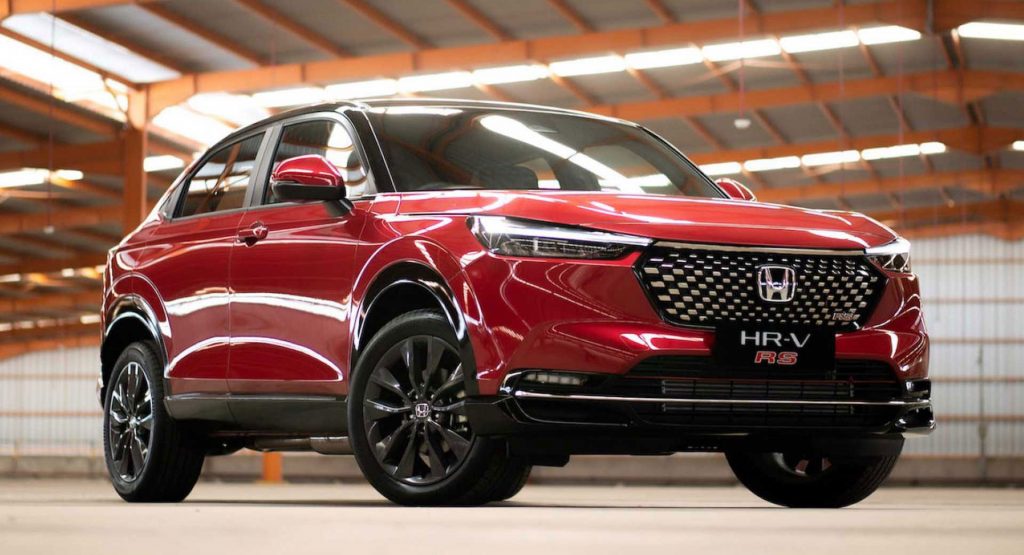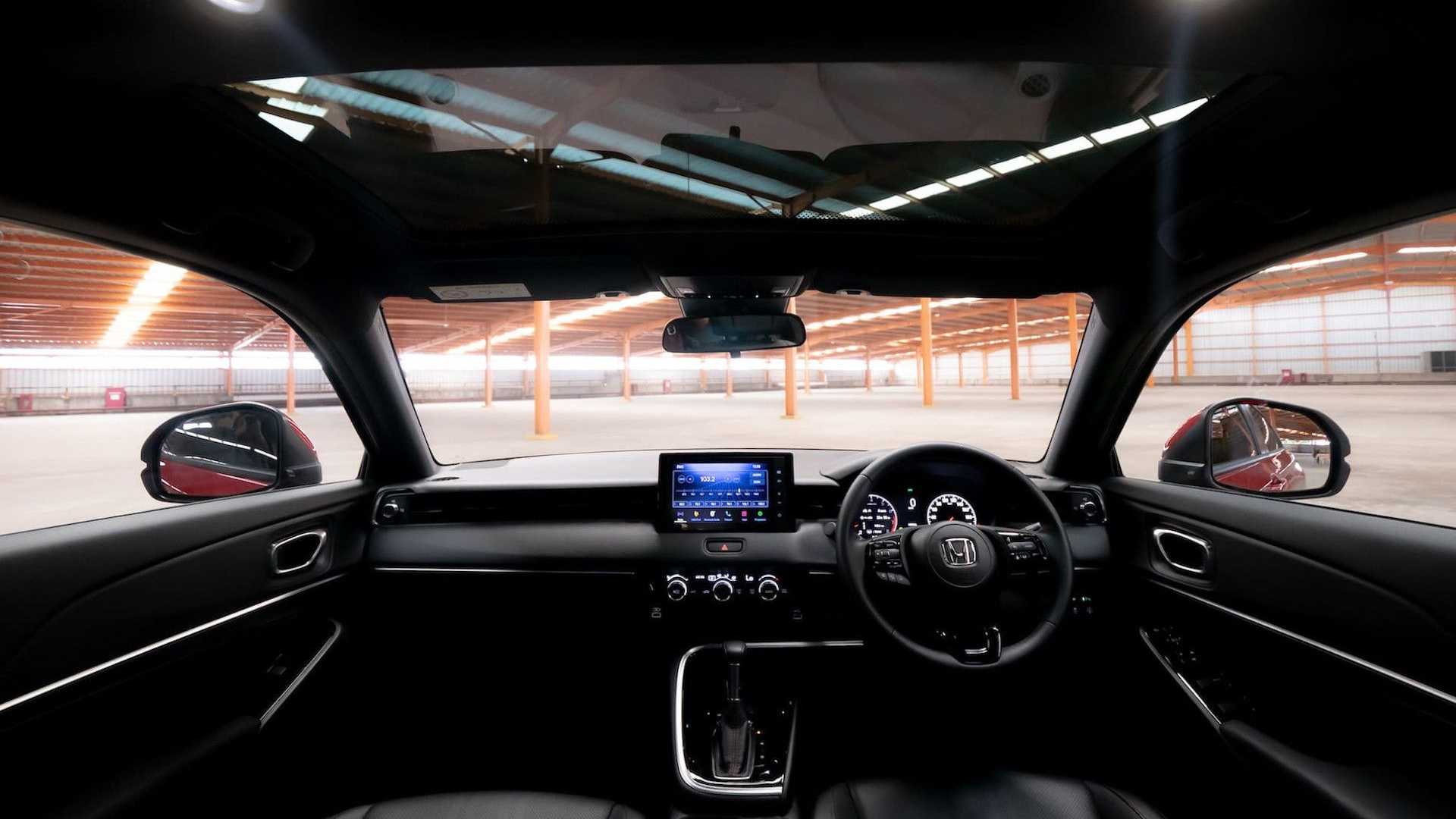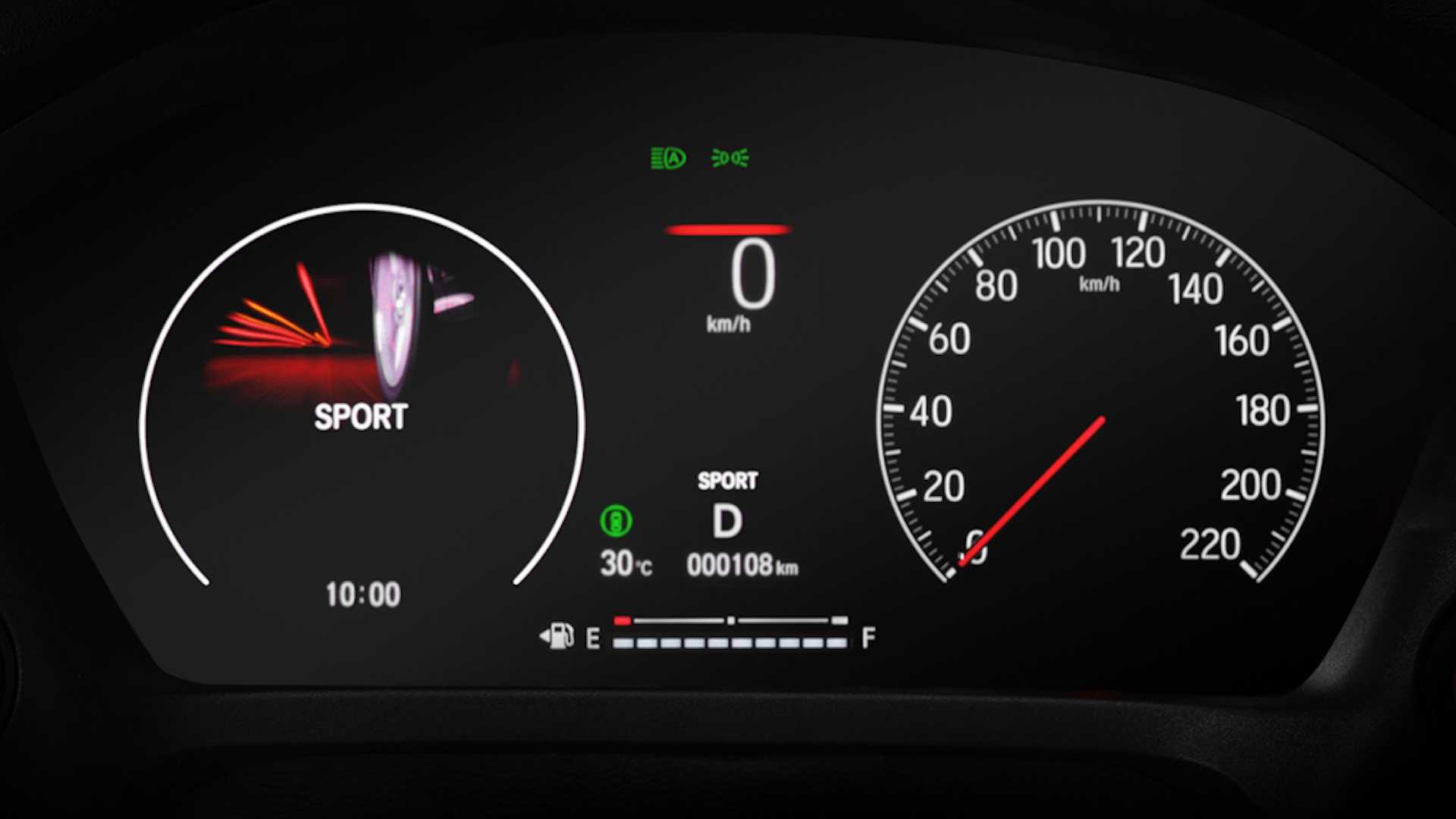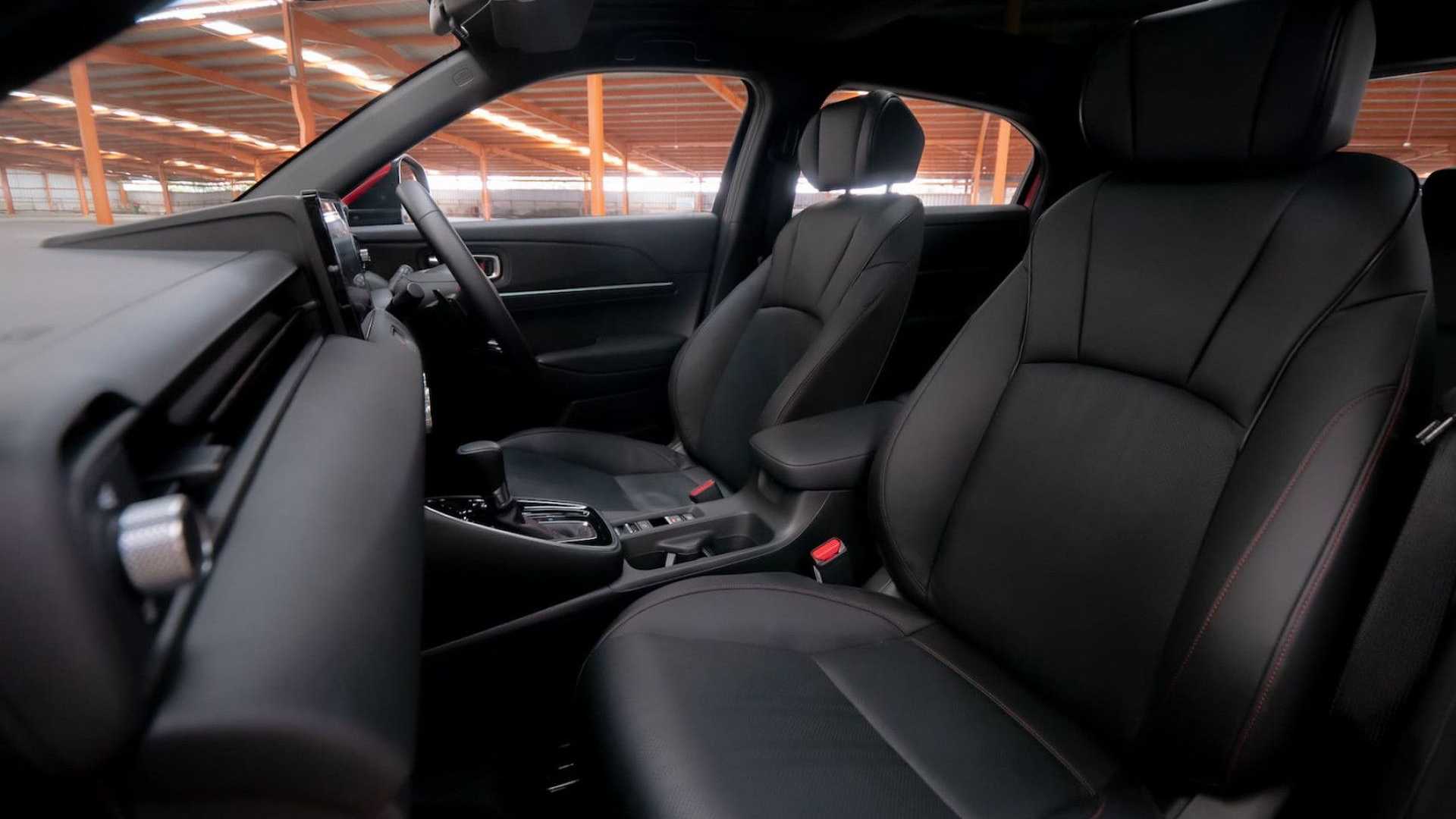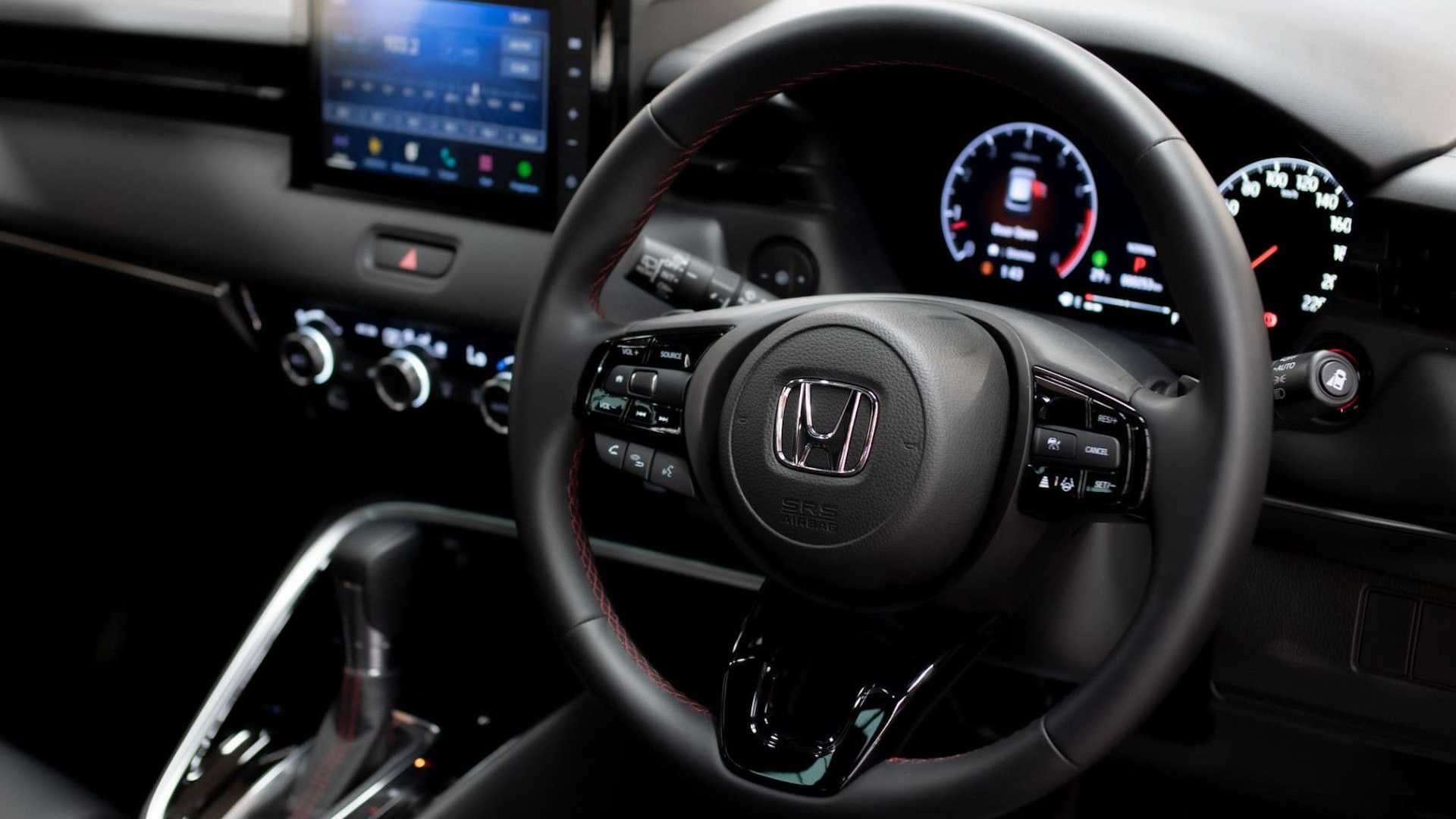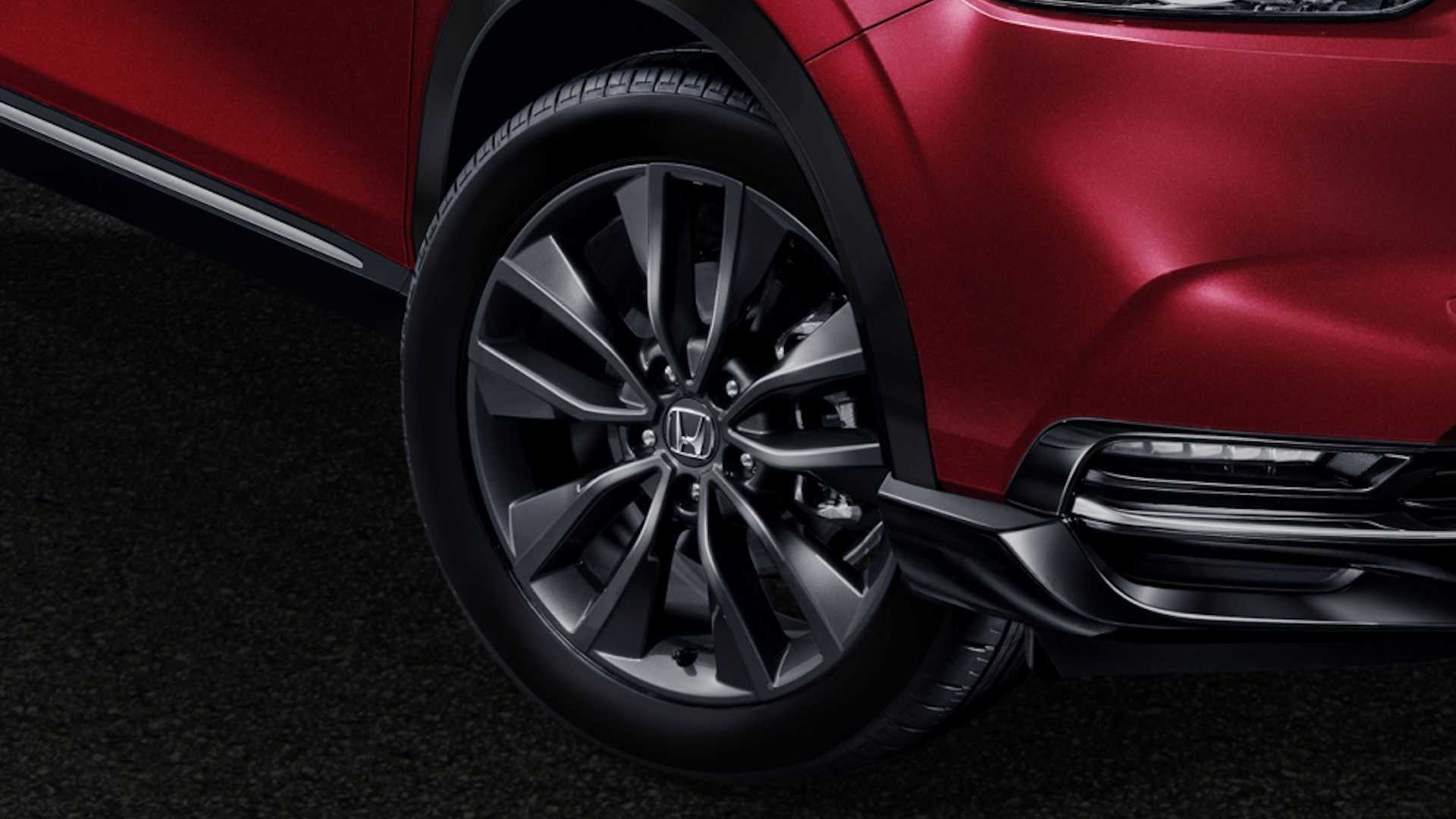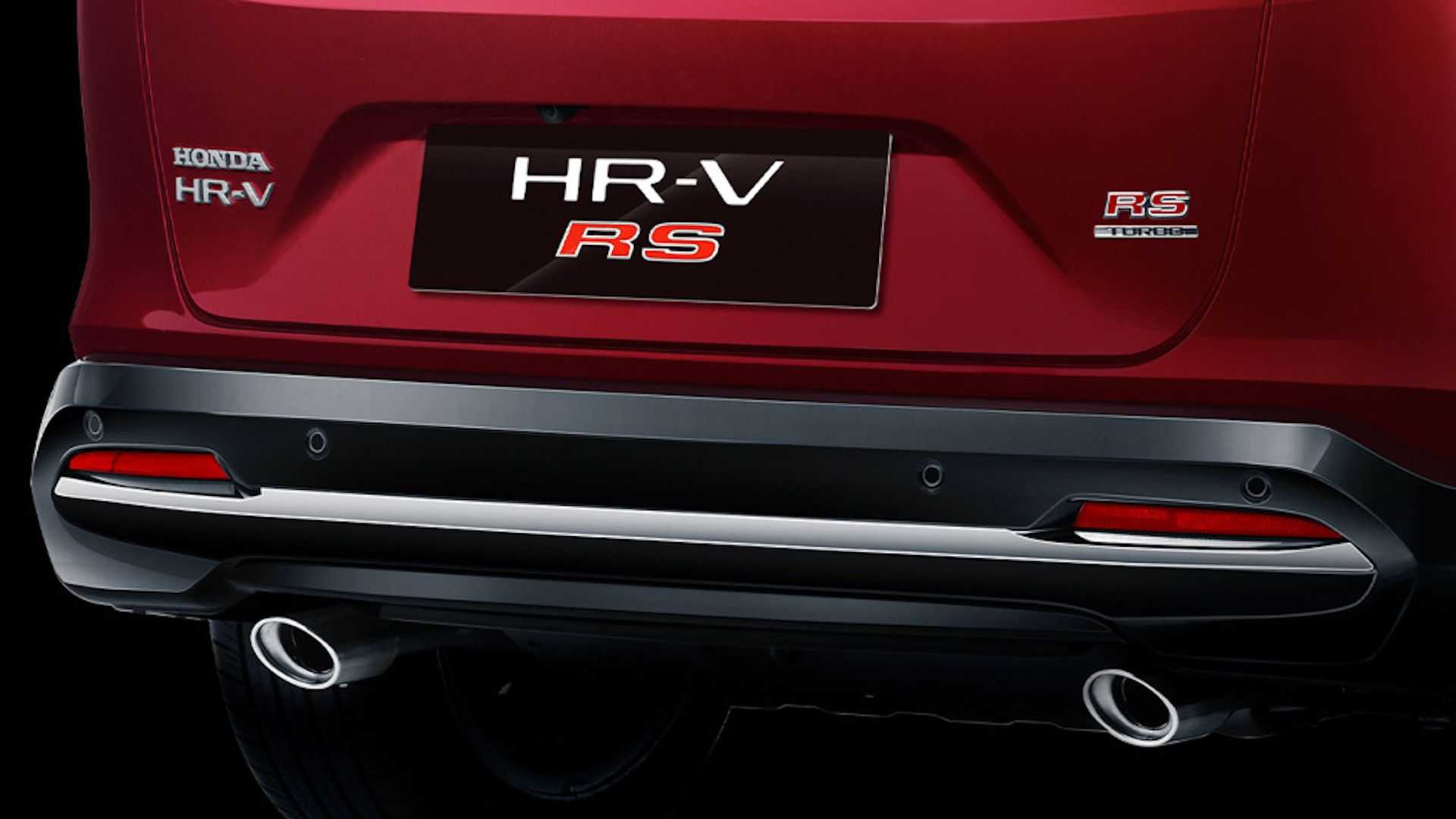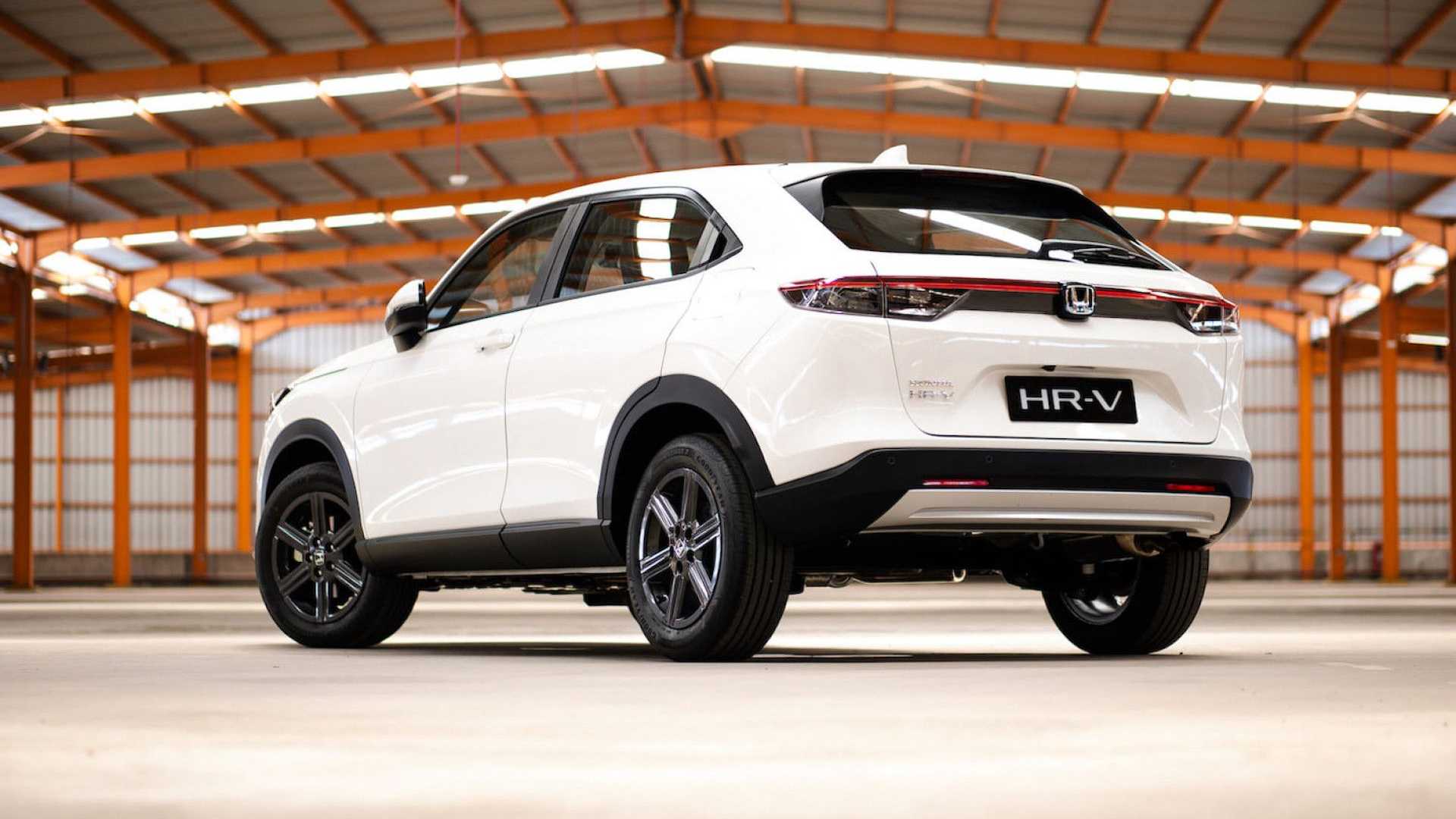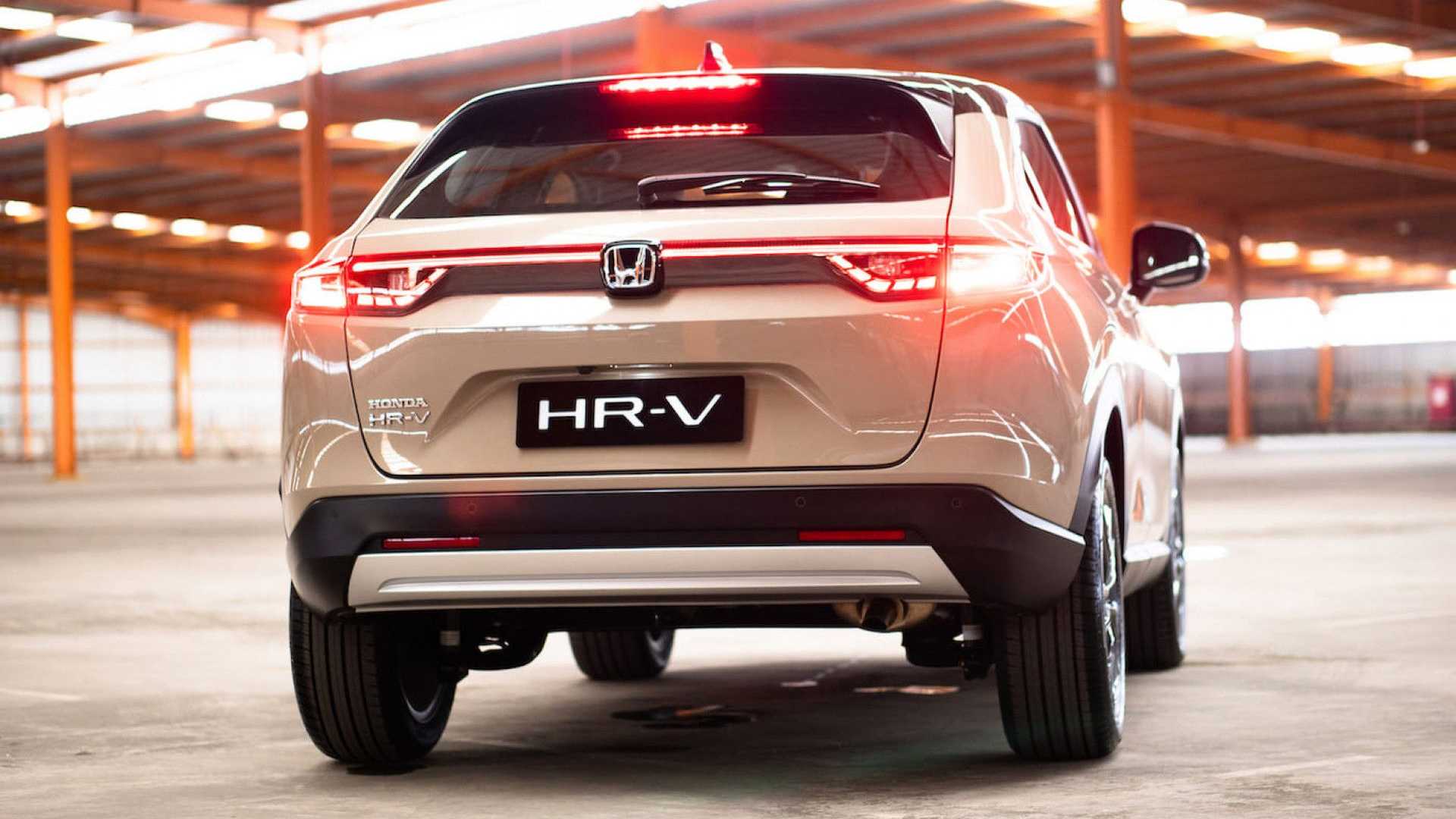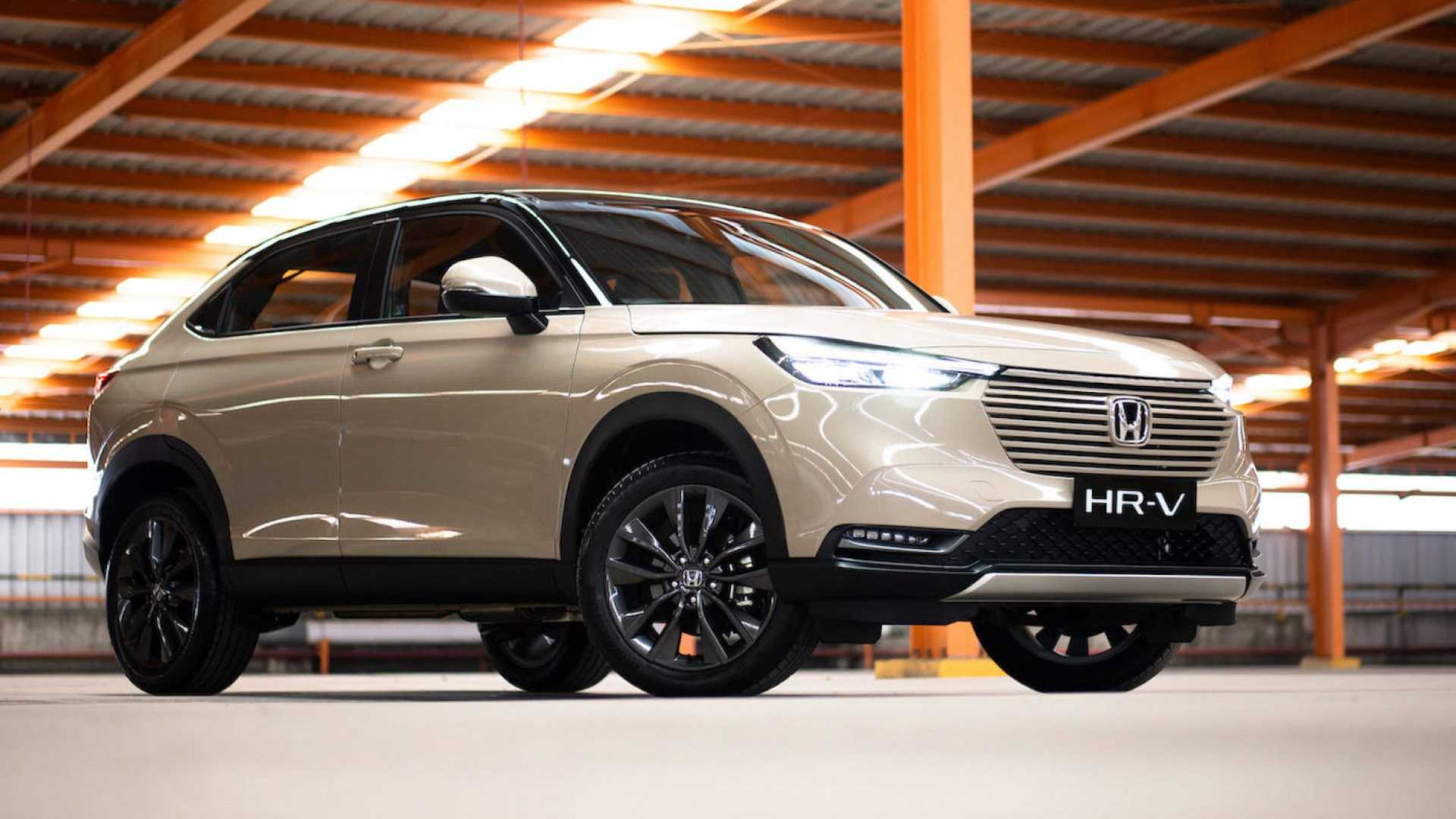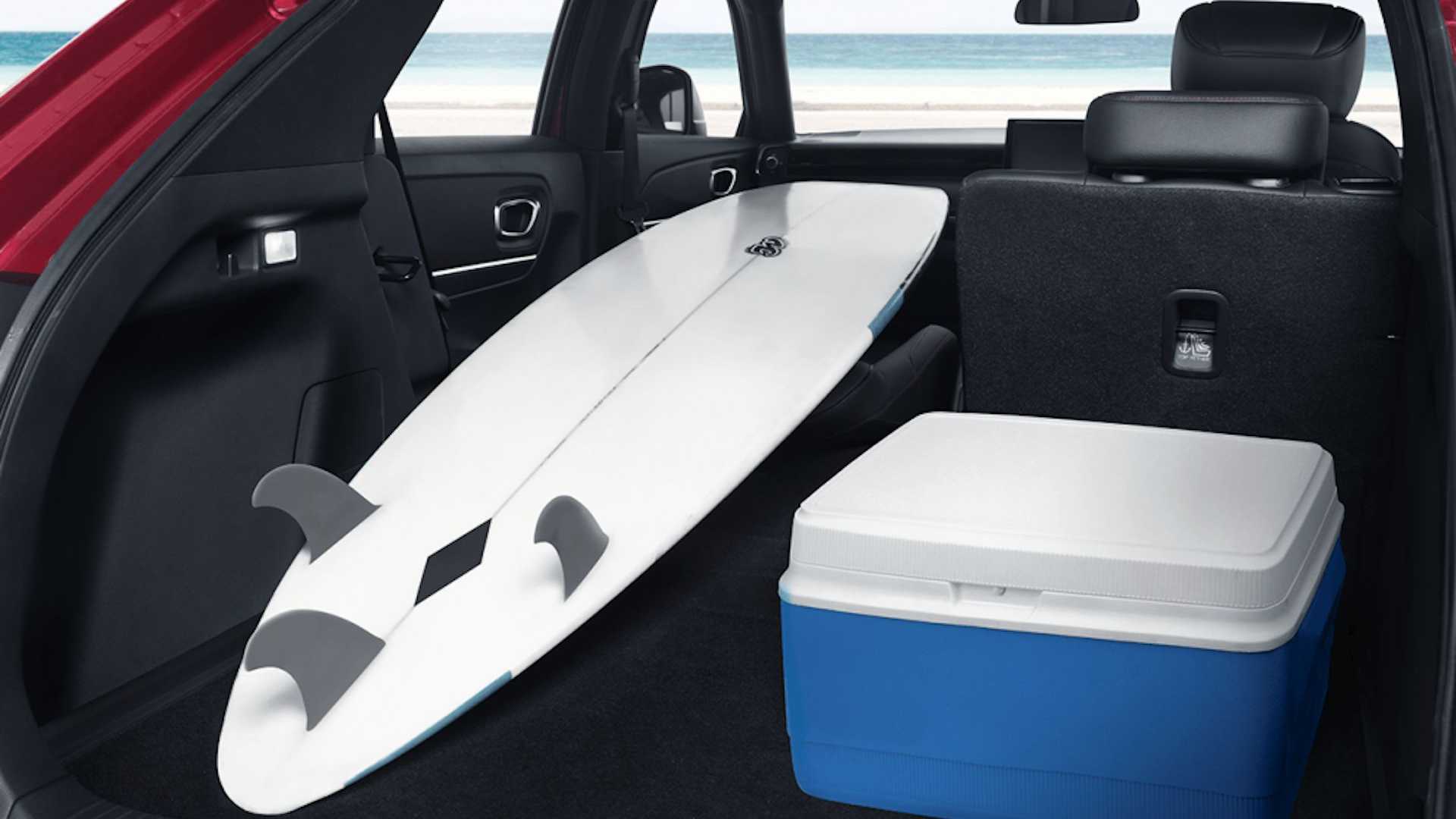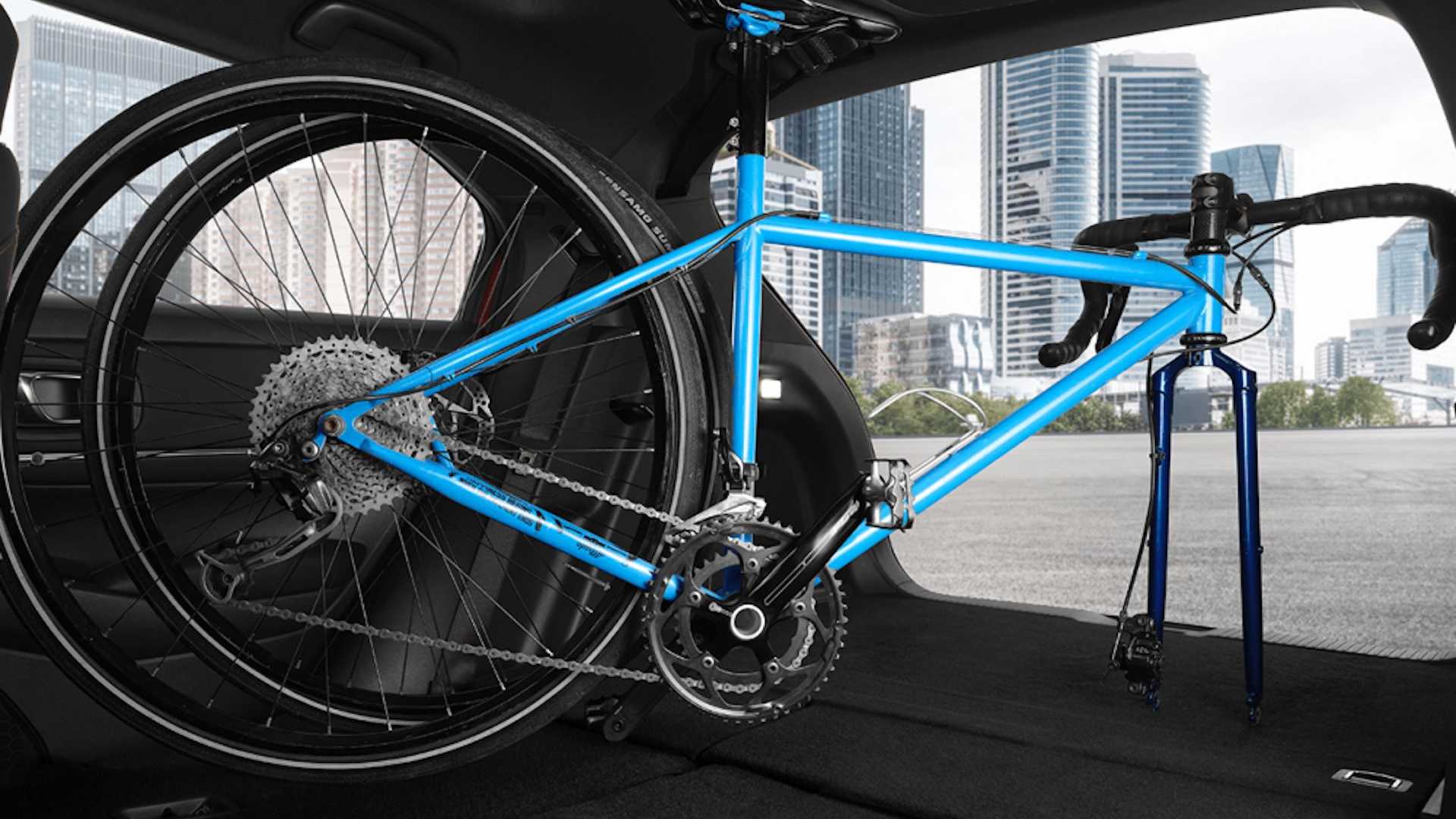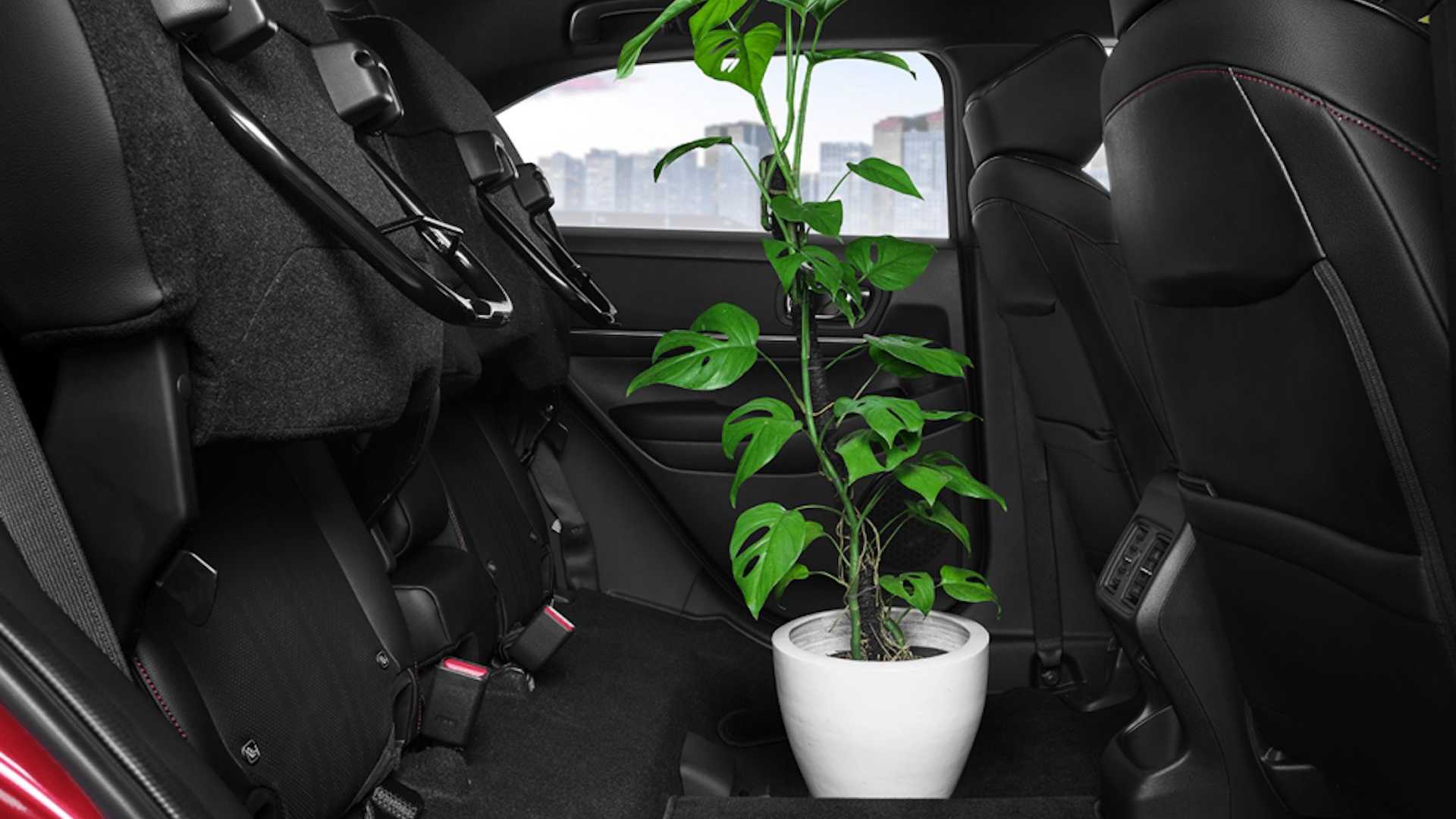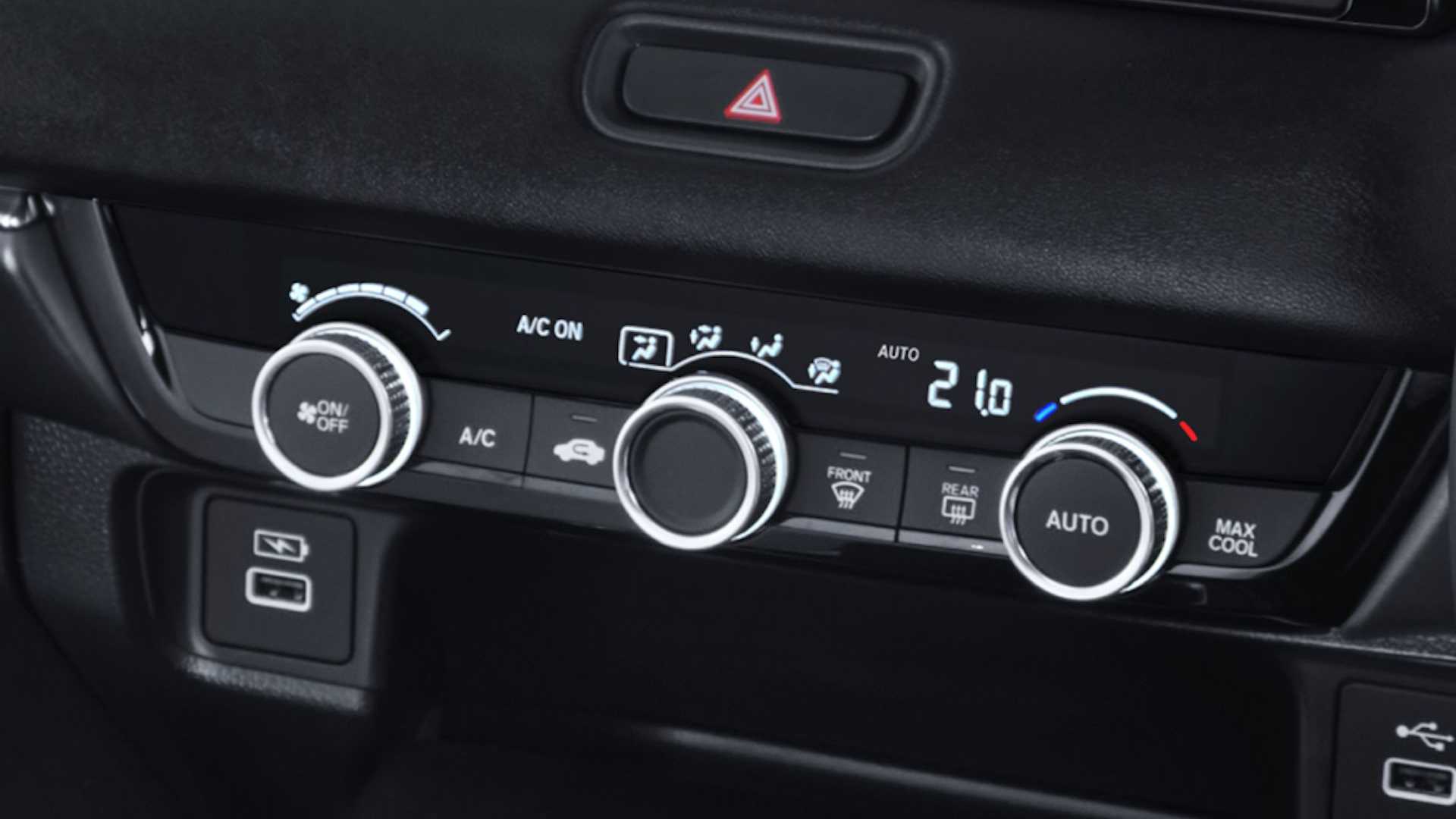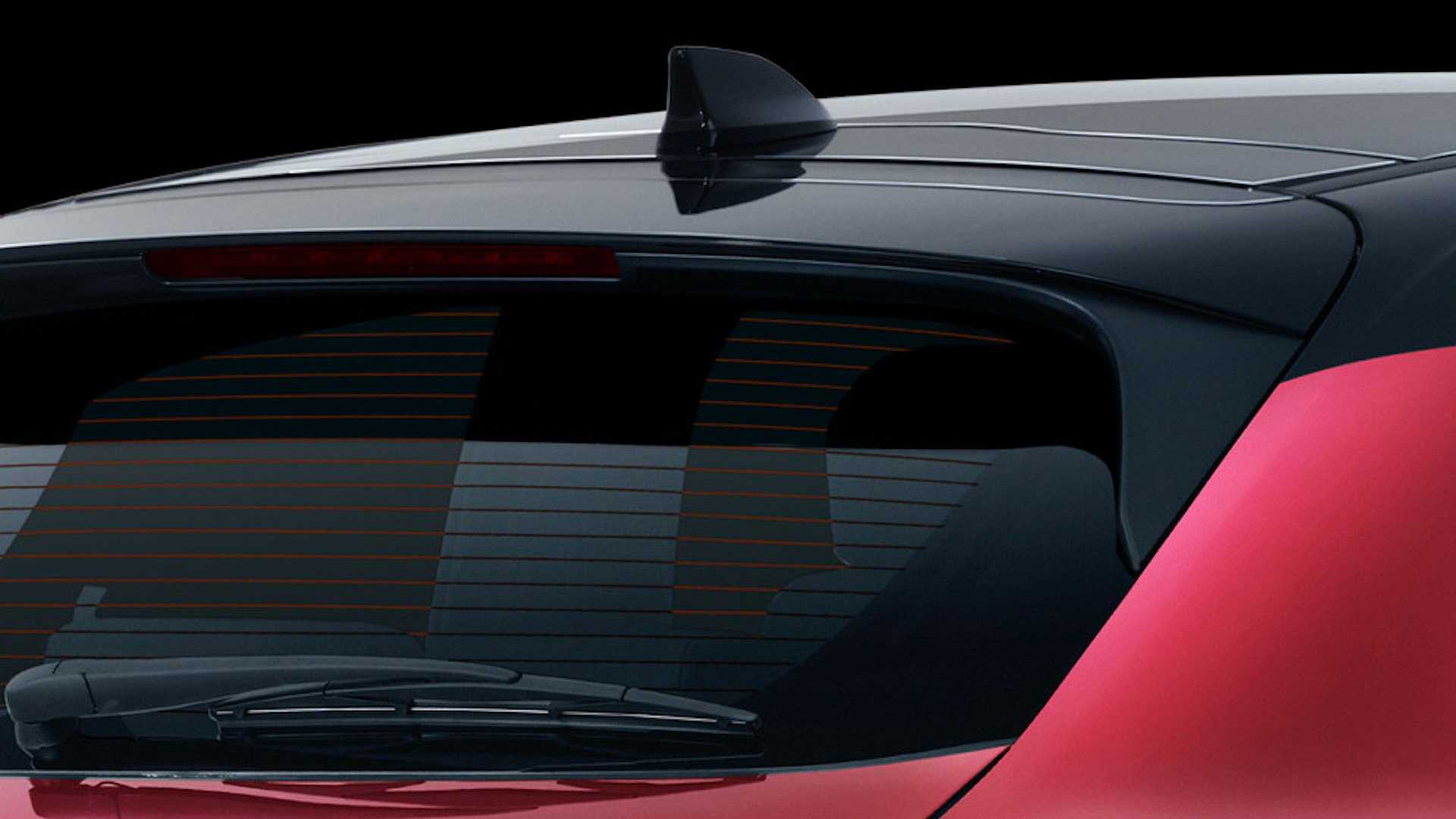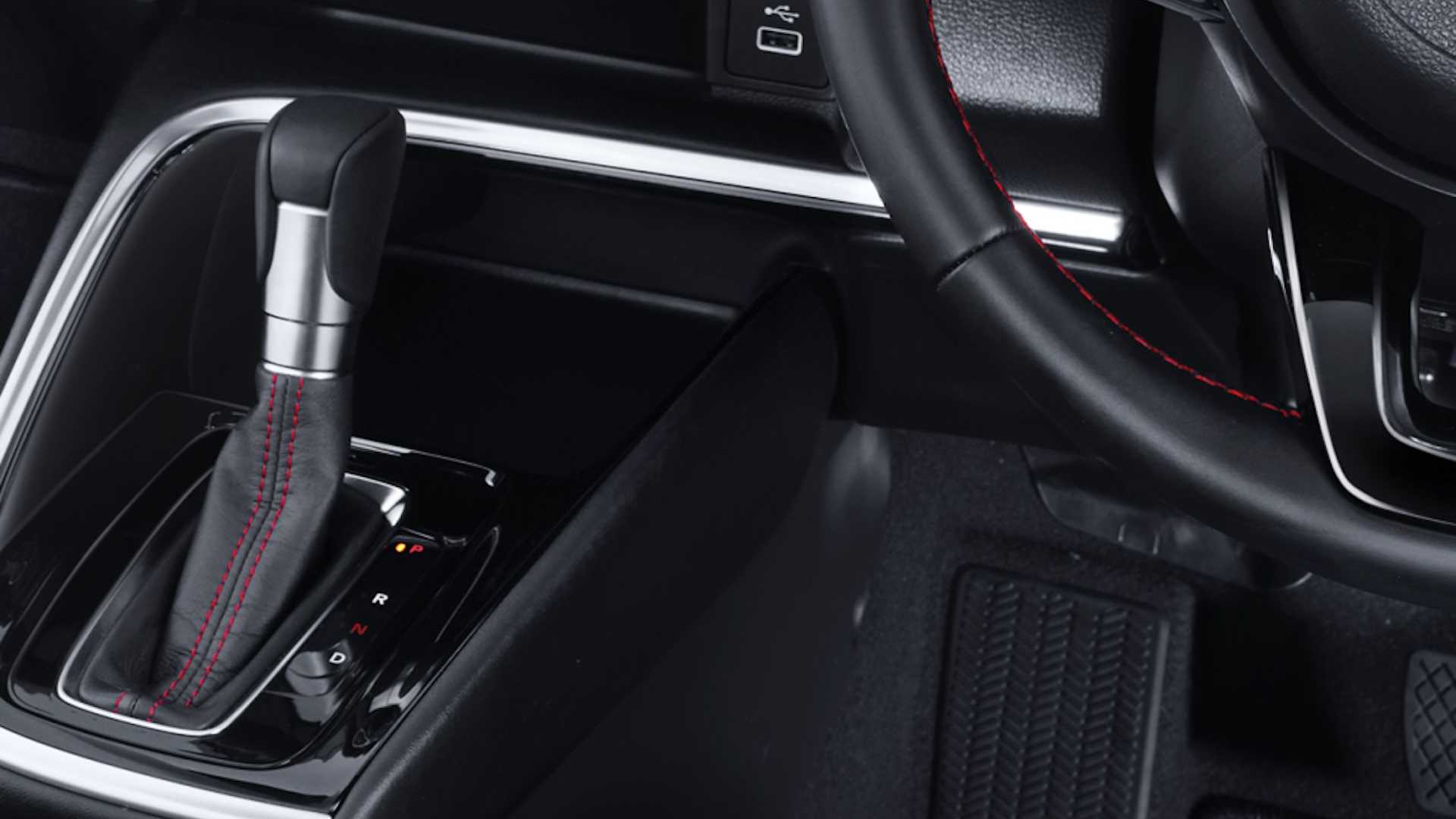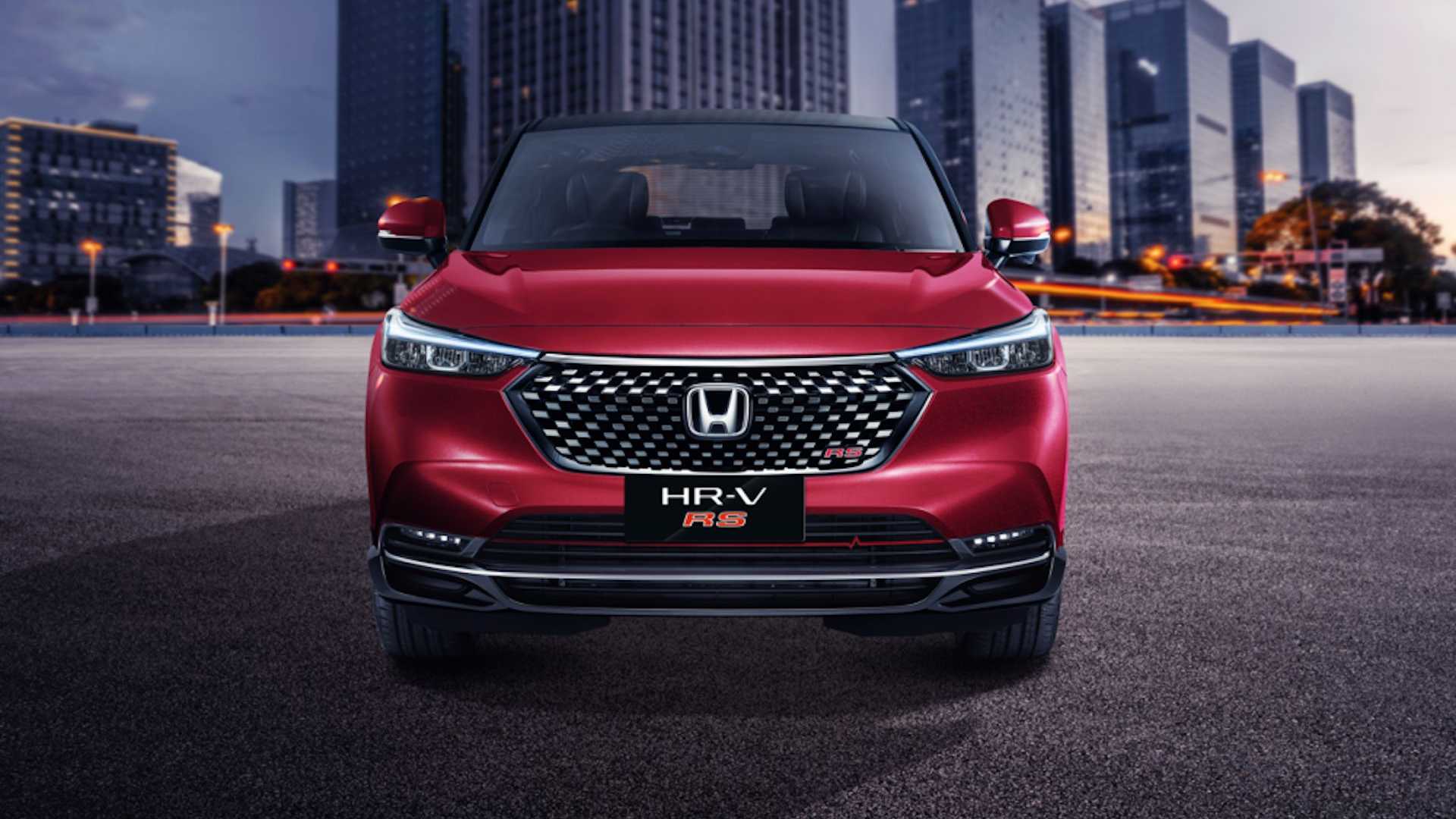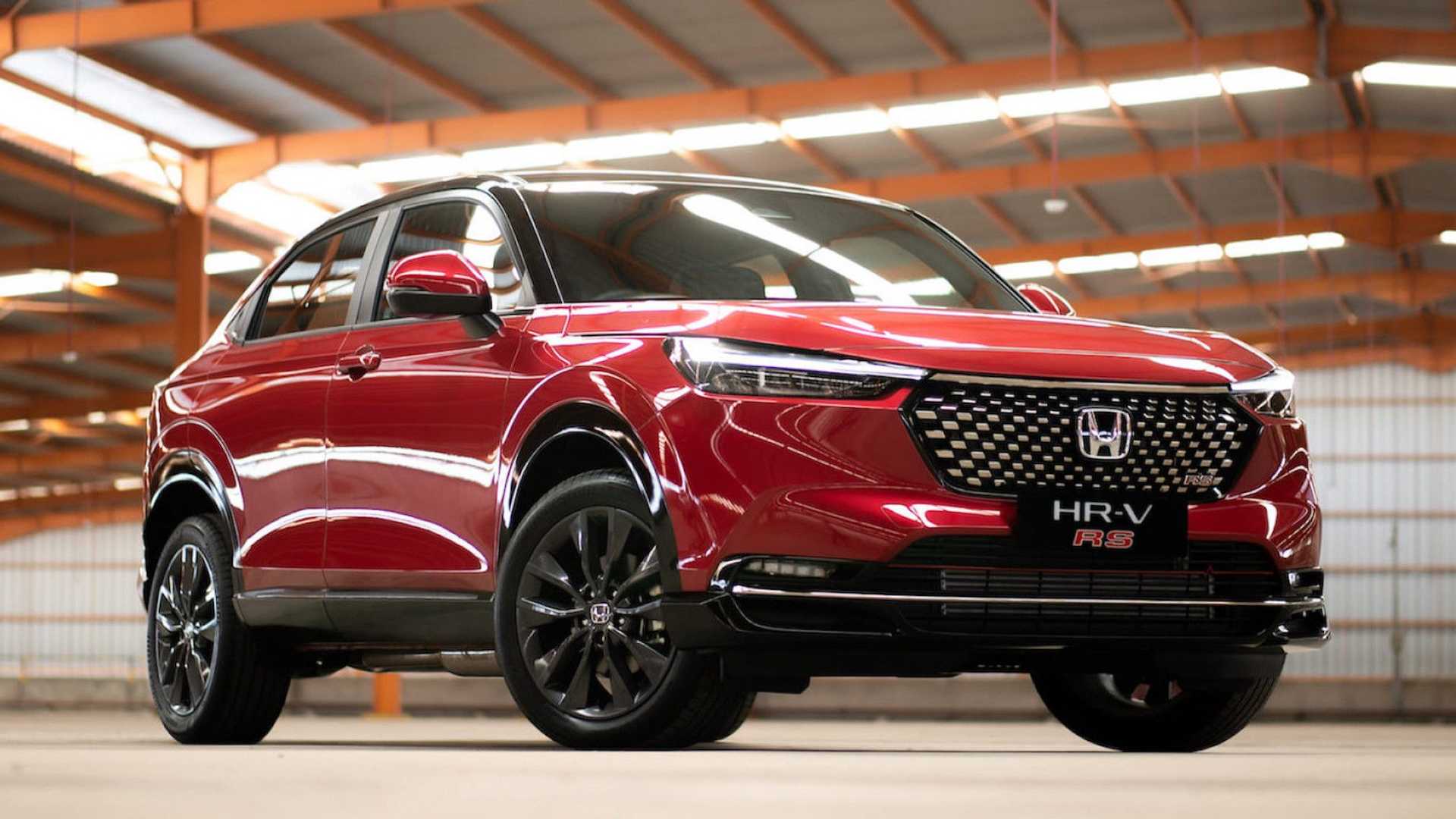The latest-generation Honda HR-V has just been unveiled in Indonesia and has landed with a turbocharged engine.
Four versions of the HR-V are hitting the Indonesian market. These start with the standard HR-V 1.5L S CVT and include the 1.5L E CVT and the 1.5L SE CVT, all of which are powered by a naturally aspirated 1.5-liter engine with 119 hp (121 PS) and 107 lb-ft (145 Nm) of torque that’s mated to a continuously variable transmission.
Topping out the range is the HR-V RS that features the aforementioned turbo engine. The mill in question is a 1.5-liter turbocharged four-cylinder producing 175 hp (177 PS) and 177 lb-ft (240 Nm) of torque. It is unclear what kind of transmission is coupled to this engine but there are a number of unique styling elements that distinguish the HR-V RS from lesser variants.
Watch Also: 2022 Honda HR-V Performs Reasonably Well For Its Class In The Moose Test
For example, the HR-V RS comes with a unique dark chrome front grille and an updated front bumper. Honda has also equipped the model with unique wheels while found at the rear are dual tailpipes. The taillight graphics have also been blacked out and there are a handful of RS badges.
As is the case in other markets, the third-generation HR-V sold in Indonesia comes equipped with a plethora of safety features. These include Collision Mitigation Braking System, Lane Keeping Assist System, Road Departure Mitigation System, Adaptive Cruise Control with Low Speed Follow, Auto-High Beam, and a Lead Car Departure Notification system.
“The Honda HR-V was introduced in Indonesia at the right time, where the medium SUV segment began to grow because it was driven by a new generation of younger consumers who wanted a more compact SUV model [that was] stylish, sophisticated but still powerful to support their dynamic lifestyle,” Honda’s local sales and marketing director Yusak Billy said at the SUV’s local launch. “With various changes in terms of appearance, technology, and engine, we believe the All New Honda HR-V will continue to be a favorite of consumers in Indonesia.”



